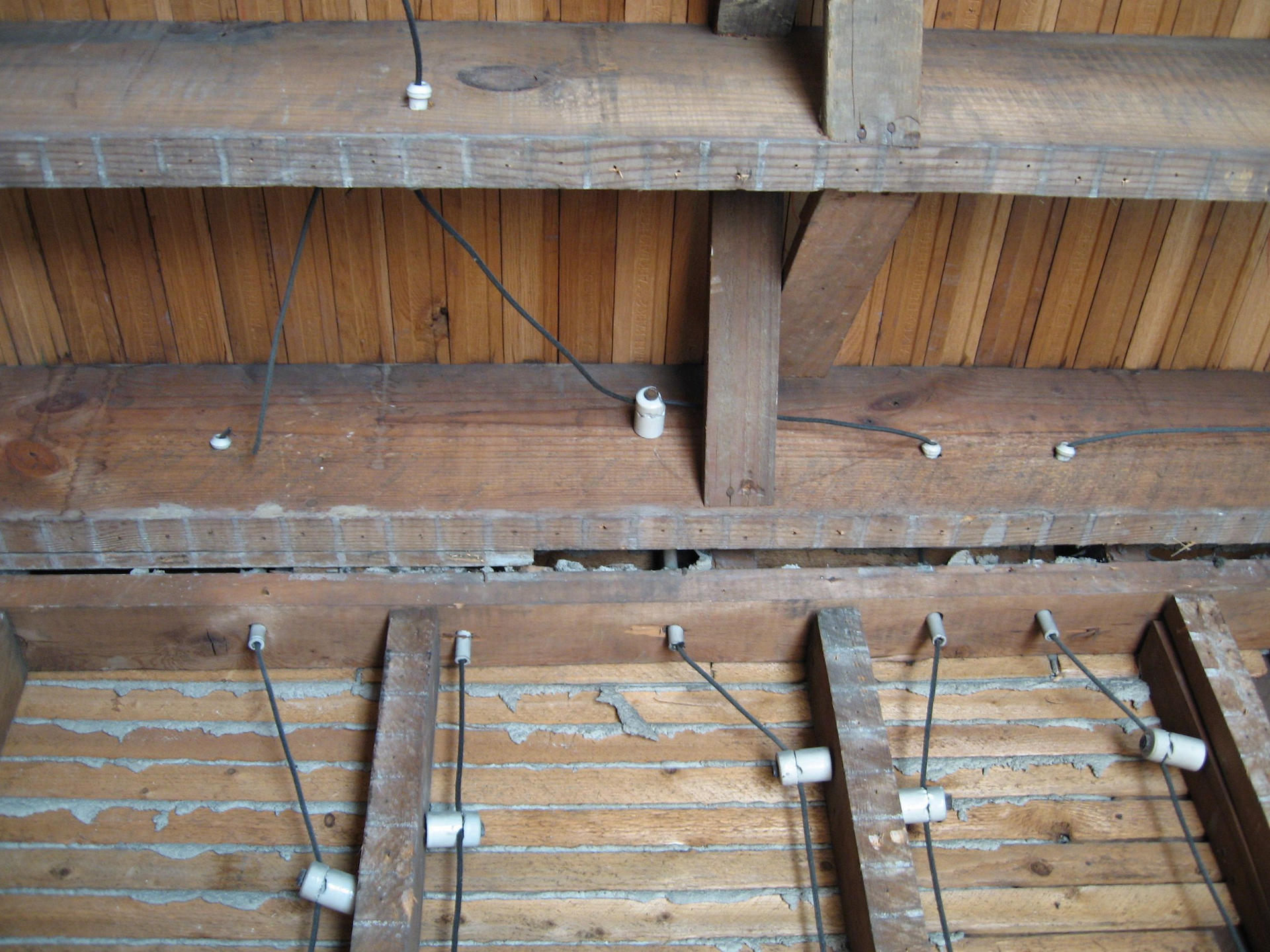
Knob and Tube wiring. descovering wiring from 100 years ago!

Knob-and-tube wiring, often known as K&T, was a common method of electrical wiring in North American buildings from around 1880 to the 1930s. This system used single-insulated copper conductors running through wall or ceiling spaces, passing through protective porcelain insulating tubes in joist and stud drill-holes. These conductors were supported by porcelain knob insulators for stability and were shielded by flexible cloth insulating sleeving, called loom, when entering wiring devices like lamps or switches. Originally using asphalt-saturated cotton cloth for insulation, it was later replaced with rubber. Splices in knob and tube setups involved twisting conductors, soldering, and insulating with rubber tape and friction tape (asphalt-saturated cloth) or placing them in metal junction boxes. Knob and tube wiring is no longer permitted in new construction, but existing installations are often allowed to remain if left undisturbed, unaltered, or disconnected. If any changes are made, the wiring must be upgraded to meet modern safety standards and NEC regulations. It is crucial to have only qualified professionals handle electrical work or maintenance. Note that while Pennsylvania does not have a statewide electrical license requirement, individual cities, towns, boroughs, and municipalities may have their own regulations.
You might also like
Toolbox Talk

Book a Service Today
We will get back to you as soon as possible
Please try again later

